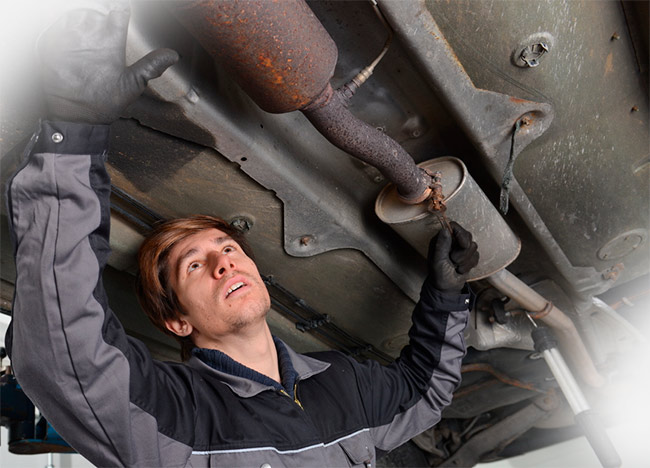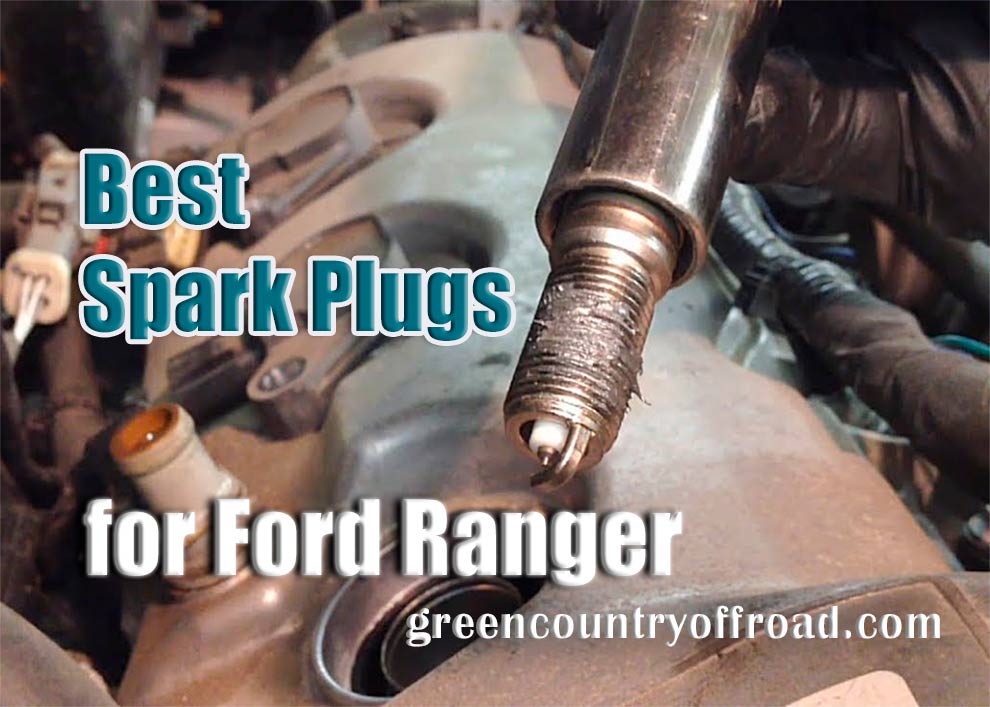If you’re looking for a solution regarding a problem with your car’s exhaust system device, you’ve landed at your destination. And that means it’s time to learn how to identify and recognize a gas leak and how to arrange for the repair of an exhaust leak. Of course, a gas leak is a hassle, but to make things a little easier on yourself, let’s try to get to the root of the problem. It is a really actual and annoying problem, seemingly small, but may have large consequences. The car growls, cusses, blow smoke… It can’t be tolerated. Today we will talk about Exhaust Leaks: What They Are, How to Find and Fix Them.
So, the Exhaust for Ford Ranger is a so-called protective mechanism, which serves to divert sound (muffling) and gas contaminants that are produced from the combustion chamber of the car.
The Function and Structure of The Car Exhaust System
This car system has evolved and modified to better filter and clean the exhaust gases released by the internal combustion engine. It consists of an exhaust manifold connected to the exhaust pipe, completed by a catalytic converter, a coupler, and a final exhaust pipe.
The manifold collects the exhaust gases released by the various combustible cylinders and delivers them to the exhaust structure for purification. The catalytic converter cleans the exhaust gases like carbon monoxide and unburnable hydrocarbons and turns them into less harmful gases like carbon dioxide and other mixtures. The muffler muffles the sound made by the car engine while the exhaust release of the cleaned exhaust gases is completed.
Exhaust System Malfunctions and Signs of Leaks
Damage to any part of the exhaust system can cause harmful gases to leak into the car before they are cleared. Such damage is usually caused by a buildup of moisture in it, which leads to corrosion of the parts.
Another cause of damage is direct physical impact. And it’s a good thing if the problem is detected immediately. Otherwise, the exhaust gases can act like carbon monoxide in a passenger compartment and can lead to serious and dangerous consequences.

Signs and Identification of Leaks:
- Loud, roaring, or shooting noises. This nasty symptom occurs when you start your car. The unit is screaming for attention.
- Rust. There is only one way to check this – by taking a flashlight. Better yet, wear gloves, a mask, and goggles. Use a brush to clean the parts of the exhaust structure.
- Smell of Gas. A distinctive smell of gas, along with a strong emission of smoke when the engine starts, indicates a clear problem.
Ways to Fix Gas Leaks
One quick way to fix leaks is to caulk the holes in the exhaust unit with a special plaster and wrap them with a thick material. However, this is only temporary salvation until we get to the nearest service station, where specialists should qualitatively weld parts of the exhaust system completely to replace it, thereby fixing the exhaust leak.
That’s It!
Thus, the exhaust system is essentially a conduit for the exhaust gases from the engine and their release into the atmosphere. Of course, the exhaust gases first pass through the exhaust manifold, catalytic converter, and resonator before reaching the muffler, which is connected to the exhaust pipe. Efficient operation of the exhaust system is only possible if all these components are functioning properly.
If there are problems with this system, poisonous, odorless, and colorless exhaust fumes will enter the interior of the vehicle, endangering the health and even the lives of the occupants. If you notice at least one of the following signs of a faulty exhaust system, contact a workshop as soon as possible to solve the problem.



Leave a Reply